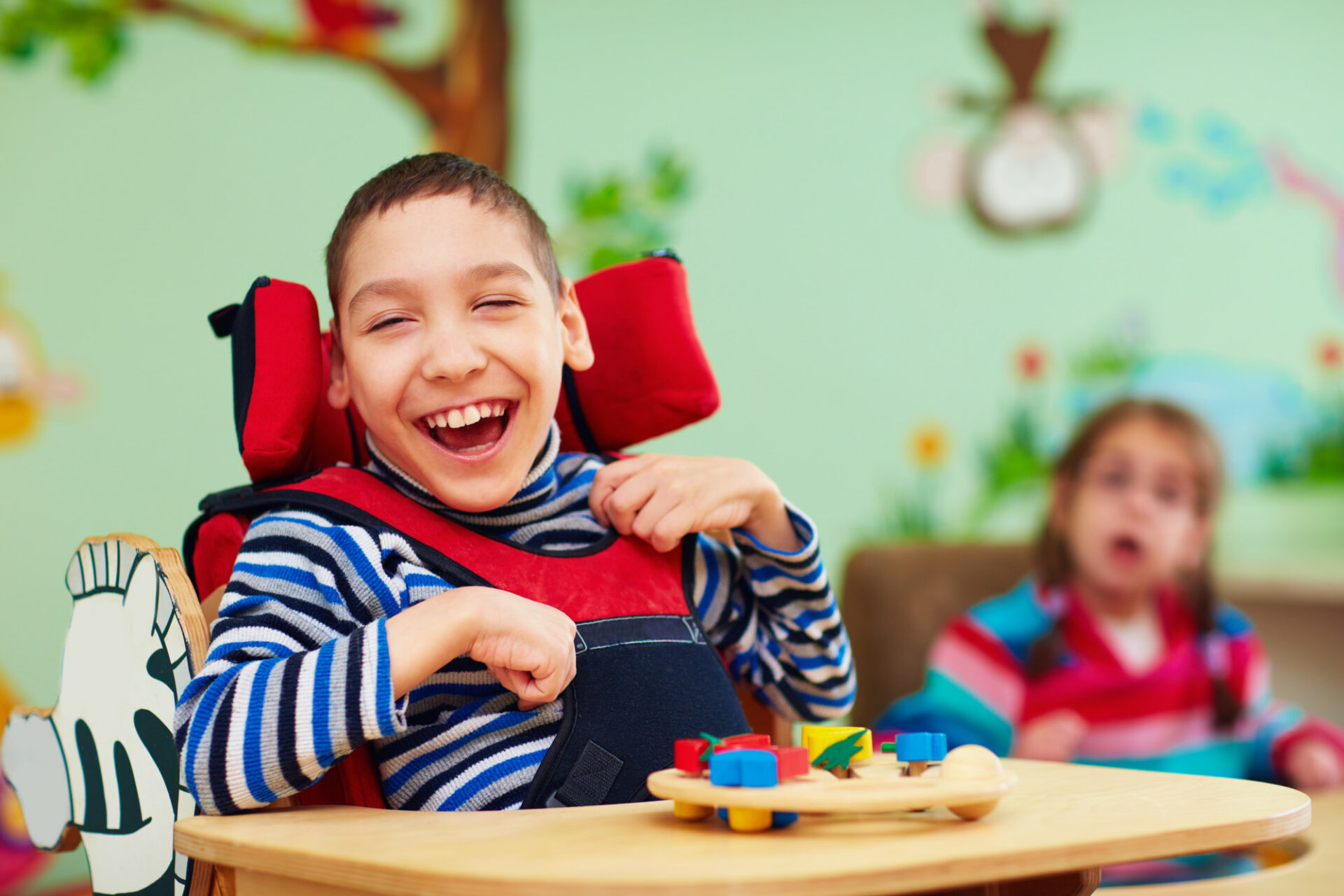Resolving Usual Misconceptions: What You Must Understand About Autism Today
Resolving Usual Misconceptions: What You Must Understand About Autism Today
Blog Article
Exploring Autism: Strategies for Reliable Interaction and Communication
Efficient communication and interaction with individuals on the autism spectrum require a detailed understanding of their unique demands and preferences. The ins and outs of these methods expose further considerations that warrant exploration, especially in exactly how they can be adjusted to individual experiences and varied contexts.
Understanding Autism Range Disorder
Autism Spectrum Condition (ASD) includes an array of neurodevelopmental problems identified by obstacles in social communication, communication, and repeated actions. The term "spectrum" mirrors the varied manifestations and varying degrees of extent experienced by individuals with ASD. While some may display considerable problems, others might display high-functioning traits, enabling for higher freedom in day-to-day life.
The onset of ASD usually happens in early childhood years, with indications frequently recognizable by age 2. Very early indications might include postponed speech growth, restricted eye contact, and difficulties in comprehending social hints. The specific etiology of ASD continues to be uncertain, study suggests a mix of genetic and ecological variables plays a vital role in its advancement.
Individuals with ASD often possess unique toughness, such as enhanced interest to information and outstanding memory skills. Nevertheless, they might fight with understanding abstract principles and managing adjustments to routine. Therefore, treatments and assistance customized to private requirements are essential for promoting interaction and social skills. Identifying the complexity of ASD is crucial for advertising understanding, approval, and effective methods that promote meaningful communications with people on the range.

Importance of Clear Communication
Effective communication is crucial for cultivating understanding and connection, specifically for individuals with Autism Spectrum Problem (ASD) Clear communication not only promotes social communications however additionally enhances the person's capacity to reveal their demands, emotions, and ideas. For people with ASD, the subtleties of language can usually be testing; consequently, utilizing straightforward and distinct language is important.
Moreover, clear communication helps in reducing aggravation and anxiousness that may develop from misunderstandings. When messages are communicated in a consistent and direct fashion, people with ASD are better furnished to interpret details properly, which can significantly improve their social involvement and engagement in various settings.
Developing regimens and making use of visual assistances can better boost clear interaction. These strategies provide individuals with predictable structures that aid comprehension and retention of information. In addition, proactively listening and being person throughout interactions advertises an encouraging atmosphere where people with ASD feel valued and comprehended.
Eventually, focusing on clear interaction not just encourages people with ASD yet likewise fosters even more meaningful links with their peers, caregivers, and the broader community, leading the method for collective connections and inclusive communications. - autism
Non-Verbal Communication Techniques
Communication extends beyond words, and for individuals with Autism Spectrum Disorder (ASD), non-verbal cues play a significant role in interactions. Non-verbal communication strategies can consist of faces, motions, body movement, and eye call, every one of which work as crucial elements for communicating emotions and objectives.
Understanding and interpreting these non-verbal signals can enhance communications visit this page with individuals with ASD. For circumstances, a cozy smile or open pose can produce a welcoming atmosphere, encouraging involvement. Utilizing aesthetic aids-- such as picture cards or symbols-- can link interaction gaps and aid communicate messages a lot more effectively.
It is likewise essential to be mindful of individual space, as people with ASD may have different comfort degrees regarding closeness. Observing their reactions to physical distance can inform ideal modifications.

Producing Encouraging Settings
Creating an encouraging setting is crucial for cultivating positive interactions and enhancing the wellness of people with Autism Range Problem (ASD) Such atmospheres can substantially reduce stress and anxiety and create a sense of safety and security, enabling people to reveal themselves much more freely.
To accomplish this, it is necessary to take into consideration sensory level of sensitivities that people with ASD might experience. Modifying the physical space to consist of soft illumination, very little background sound, and comfy seating can develop a relaxing environment. Additionally, making use of constant routines and clear aesthetic routines can help people expect transitions and lower uncertainty, further promoting convenience.
Social spaces must be structured to reduce frustrating stimulations while offering opportunities for involvement in recommended tasks. Facilitating areas assigned for quiet time can likewise act as a sanctuary during minutes of stress. Importantly, integrating components of selection encourages people, allowing them to work out company in their atmosphere.

Encouraging Social Communications
Promoting social communications amongst individuals with Autism Range Condition (ASD) calls for intentional approaches that prioritize comfort and interaction. Developing foreseeable regimens can aid reduce stress and anxiety, making social setups much more friendly. Creating organized settings with specified obligations and functions allows individuals to involve without the overwhelming stress of unstructured social characteristics.
Including rate of interests and strengths into social tasks can function as a driver for interaction. As an example, organizing team activities around shared leisure activities or topics of attraction can facilitate natural discussions and links. In addition, making use of visual supports, such as social manuscripts or photographic routines, can assist in recognizing social hints and expectations.
Designing suitable social habits is critical - autism. Peers and adults must demonstrate efficient communication techniques, including energetic listening and turn-taking. Role-playing circumstances can likewise supply a secure area for people to my site exercise these abilities
Finally, fostering peer connections via comprehensive methods is necessary. Encouraging comprehensive playdates or group getaways can develop chances for socializing in a comfy setting. By carrying out these teachers, techniques and caretakers can dramatically boost social interactions for people with ASD, promoting their total social growth and well-being.
Conclusion
Finally, reliable interaction and communication methods are necessary for supporting individuals with Autism Range Disorder. Emphasizing clear language, incorporating non-verbal signs, and establishing foreseeable regimens significantly enhance involvement and minimize anxiety. Producing supportive environments cultivates risk-free social communications, while motivating shared passions promotes purposeful links. Inevitably, these strategies empower individuals with autism to navigate social landscapes, promoting their general well-being and making it possible for the development of long lasting relationships.
Reliable communication and interaction with individuals on the autism spectrum necessitate an extensive understanding of their one-of-a-kind requirements and choices. Clear interaction not only facilitates social interactions yet additionally enhances the person's capability to share their feelings, ideas, and demands.Cultivating social communications among individuals with Autism Range Condition (ASD) needs deliberate methods that prioritize comfort and engagement. By executing these caregivers, instructors and strategies can go now considerably enhance social communications for individuals with ASD, advertising their overall social advancement and wellness.
In conclusion, efficient communication and interaction methods are vital for sustaining individuals with Autism Spectrum Problem.
Report this page